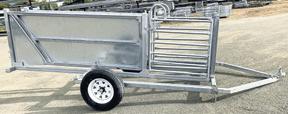














December/January
Edition: November 25, 2022
February Edition: January 27, 2023
March Edition: February 24, 2023
April Edition: March 24, 2023
May Edition: April 28, 2023
June Edition: May 26, 2023
July Edition: June 23, 2023
August Edition: July 28, 2023
September Edition: August 25, 2023
October Edition: September 22, 2023
A $9.3 million co-investment supported by the Grains Research and Development Corporation (GRDC), will work to determine the definitive impacts of frost and heat risk on grains crops and develop tangible, commercial products that growers can use to mitigate risk.
The project, ‘Frost and Heat Management Analytics’ was launched in partnership with Australia’s leading science agency, CSIRO.
It will use both existing data and new research to gain a more precise understanding of how heat and frost events impact crops and how to mitigate risk prior to and during a growing season.
GRDC senior manager enabling technologies Tom Giles said yield loss from frost and heat events in wheat alone is estimated to cost Australian grain growers more than $500m annually, which is why GRDC has invested $6.2 million into this research to help growers better respond to damaging weather events.
“Responding to heat and frost stress will require both genetic solutions and change to farm management practices,” he said.
“This research will aid growers to implement change and make informed management decisions to maintain productivity despite frost and heat risk.”
“We developed this investment in a way that ensured it involved the commercial sector from the beginning so the end result would deliver tangible, usable products for growers to improve their production.”
CSIRO crop scientist Julianne Lilley, who will co-lead the research project, said the investment is exciting for the grains industry because it will address a current gap in understanding the full implications and potential yield loss of frost and heat events.
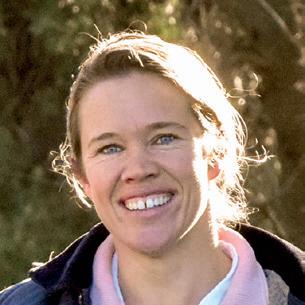


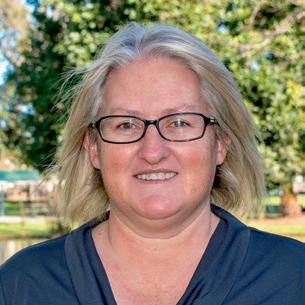



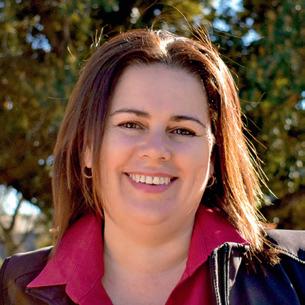
“What we’re aiming to do is collate data to improve crop modelling and better understand the yield damage of frost and heat risk and improve the ability to predict these events,” Dr Lilley said.

“The project will bring together the science of temperature mapping and the damage of crops that occur during frost and heat stress and we’ll be able to integrate the data across broad, spatial scales.”
Fellow co-leader and CSIRO research scientist, David Deery, said data collected and analysed from the project will allow growers to make more informed planting decisions prior to the season, including when to sow, what to sow and where to sow to help mitigate climate risk.
“We think the data could also be used to develop new site-specific frost and heat insurance options and would aid in insurance assessments.”
Dr Deery said the project has been collaborative since its inception, giving farm advisory organisations and agtech companies a seat at the table to ensure end products meet growers’ needs.
The project will be completed across four years, ending in 2026, however Dr Lilley said outcomes for crops with substantial, existing data could be expected by 2024.
The project partners include CSIRO, Eratos, Square V, Hillridge, Pairtree Intelligence, Agworld, Data Farming, Elders, Delta Agribusiness, Birchip Cropping Group, Grower Group Alliance, NSW DPI, SARDI, DPIRD, CSU, UQ (QAFFI).
Leesa Muir GENERAL MANAGER & ADVERTISING Jennifer Ho TRAINEE GRAPHIC DESIGN Rebecca Flisher CREATIVE MANAGER Zoe McMaugh CONTENT MANAGER Jacquie Marshall CADET JOURNALIST Geoff Adams COUNTRY NEWS EDITOR Adrienne Hartnett CONTRIBUTOR Sam Wake ADVERTISING Carly Marriott CONTRIBUTORThe settlement came only a few weeks before the class action was expected to hit the courts.
Suppliers launched the action for financial compensation over retrospective price drops for the farmers who supplied Fonterra in May and June 2016.
The plaintiffs claimed misleading and deceptive conduct, but in the settlement, Fonterra has not admitted any liability and the company said it wanted to see the matter settled so all parties could move on.

Lead lawyer in the case, David Burstyner, said he had been receiving positive emails and text messages from farmers one after the other since the news of the settlement came through.
“They get a nice bit of news before Christmas and, with court approval targeted for (the first quarter) next year, a nice payout in 2023,” Mr Burstyner said.
“It was an intense court process to get here — Fonterra fought hard and we fought hard for farmers.
“We looked at 55,000 documents (using a team of around 30 legal staff at one point) and prepared many detailed witness and expert statements.
“We were fired up for a trial next month, and thought our case had some really good points.
“But anything can happen at trial, and then there can be appeals that can take months, if not years to resolve, and this settlement avoids all that.”
Fonterra Australia managing director Rene Dedoncker said the company had, during the past six years, invested a significant amount of time and effort to overhaul their relationship with farmers to rebuild trust and strengthen the dairy industry.
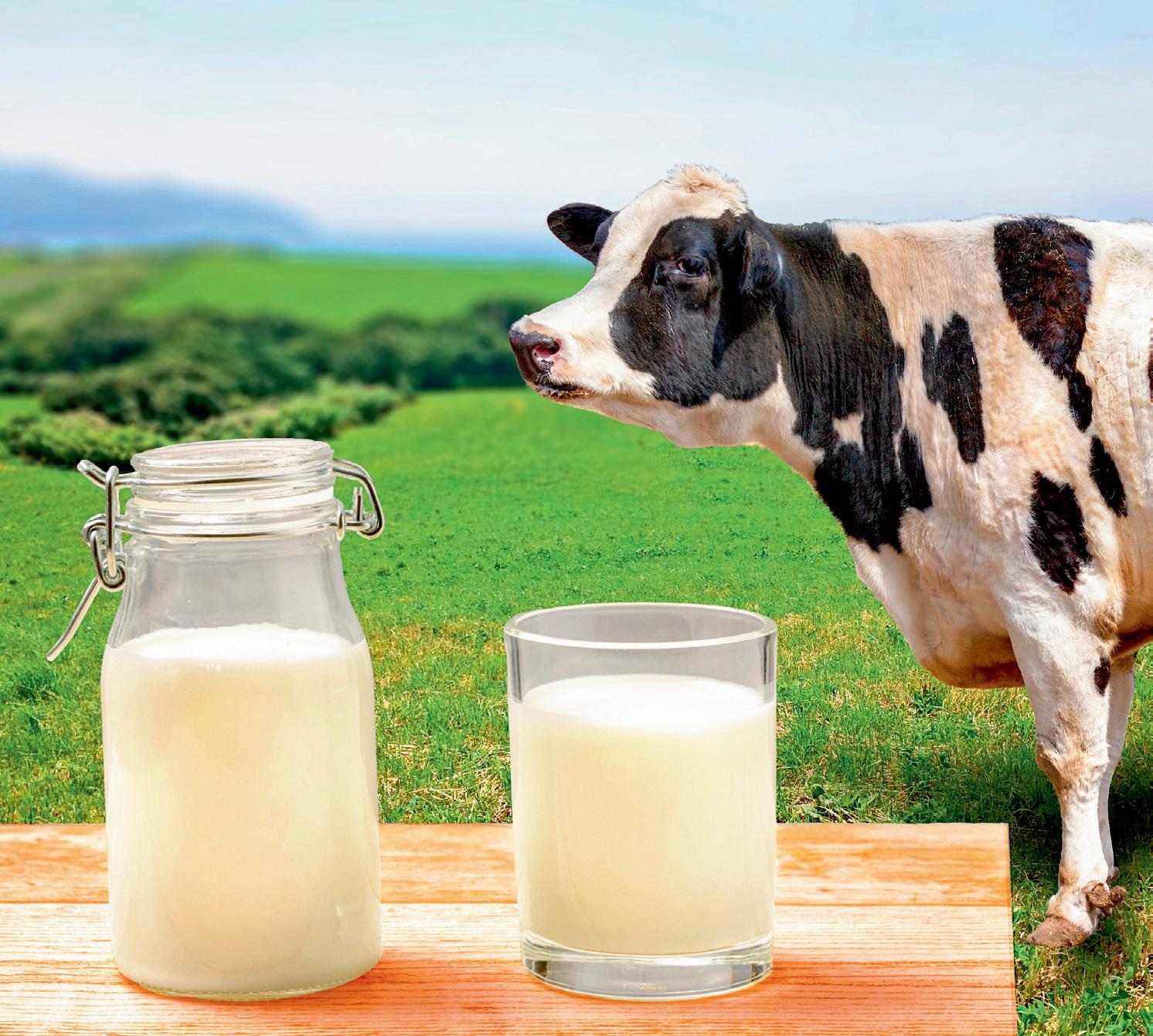
“We are proud of the good relationships we have today with our farmers and the wider industry and are
committed to investing in the future of Australian dairy for years to come,” Mr Dedoncker said.
“The settlement sum of $25 million, inclusive of interest and all costs, has already been provided for in the prior year’s financial statements and will not have a material impact on Fonterra Co-operative Group Limited’s financial position.”
Mr Burstyner said the legal team was honoured and proud to have been able to achieve the outcome, and grateful for the exceptional support from the financier LLS, who provided a war chest of millions of dollars.
“We congratulate the plaintiffs from Strathmerton who put in a superhuman effort, as well as the other farmers who joined in the class action and assisted us in preparing a strong case,” he said.
The settlement is subject to court approval.
The new initiative, the Australia Vietnam Mekong Delta Sustainable Rice Value Chain Project, will connect smallholder rice-growing communities to highvalue international markets and give farmers economic incentives to grow higher-value rice more sustainably.
The four-year project will also enable the SunRice Group, Australia’s most prominent rice company and one of the world’s largest rice food companies, to diversify its supply of high-quality rice to meet growing global demand for its branded products.
Rice is an essential food crop in the developing world and the staple food of more than half of the world’s population.
Vietnam is the world’s third-largest rice exporter, with 53 per cent of rice grown in the Mekong Delta region on the country’s southern coastline.
SunRice Group CEO Rob Gordon said partnering with ACIAR was an ideal way to improve agricultural sustainability in the Mekong and enhance economic returns for rural communities, while further strengthening the reputation of Vietnam rice in SunRice’s global markets.
“The SunRice Group has been operating for more than 70 years, and we have well-established, high-value markets in countries around the world” Mr Gordon said.
“We source rice from 11 different countries to supply these markets, and have been sourcing rice from Vietnam for close to 15 years.
“We are excited to be a part of this project, which brings together the best research, government and rice industry minds from Vietnam and Australia focused on a set of common goals around improving the rice value chain of the Mekong Delta.
ROB GORDON“Vietnam has a great rice-growing culture. It stood out as an ideal opportunity to partner with Vietnamese rice-growers, introduce some of the technology we have gained from around the world to the Mekong Delta and work with growers to supply our offshore markets.
“The SunRice Group is investing $2.4 million cash and in-kind to this project with ACIAR.”
As part of the project, SunRice Group and ACIAR are partnering with Vietnam provincial governments and a range of highly reputable institutions in Vietnam and Australia, including the University of Queensland, An Giang University, Can Tho University and Cuu Long Rice Research Institute.
Mr Gordon said the project will build on an already stellar reputation for the company.
“Over many decades, the SunRice Group has built a rice industry in Australia which is renowned for pure
seed; market-driven research and development; on-farm efficiency and quality systems.

“Our Australian Japonica-style rice varieties are renowned in world markets for their quality, which our customers and consumers are prepared to pay a premium for.
“We will be focused through this project on all aspects of the rice value chain, including a rice breeding program to develop a short-grain higher value Japonica style rice which achieves high grain yield in the Mekong Delta, while also meeting premium quality requirements for customers in our international markets.
“This is aligned strongly to the objectives of the Vietnam Government as they look to improve the climate resilience, sustainability and value of rice production systems of the Mekong Delta.”
Mr Gordon added that sustainable production is an essential focus for the SunRice Group.
“If it’s not sustainable, it’s not good for business,” he said.
“We always strive to use the most efficient rice varieties that require the least water, emit the lowest emissions, and produce the highest yield for farmers and consumers.”
ACIAR CEO Professor Andrew Campbell believes the new partnership with the SunRice Group will improve adoption of more sustainable rice growing practices in the lower Mekong, a hotspot for the impact of climate change on food security.
“Farmers are part of a wider business system. Improving incomes and livelihoods is the best way to encourage smallholder farmers to switch to more sustainable farming systems,” Prof Campbell said.
An Australian public-private partnership between the Australian Centre for International Agricultural Research (ACIAR) and the SunRice Group will benefit rice-growers throughout the Mekong Delta region of Vietnam.“We source rice from 11 different countries to supply these markets, and have been sourcing rice from Vietnam for close to 15 years.”
“Sustainability isn’t just about the environment. It’s about the entire model of producing food.
“If it can’t be viably maintained, then it’s not sustainable.
“A key focus for ACIAR is partnering with the private sector because commercial adoption pathways that deliver higher returns to farmers are the most efficient option for scaling out improved practices in staple crops like rice.”
In 2016, 4.5 million tonnes of rice worth USD$2 billion was exported by Vietnam, making rice production one of the most important agricultural sectors in the Mekong Delta.

With the upsurge in production, the Vietnamese Government has recognised that agricultural practices needed a more sustainable approach to decrease soil degradation, environmental pollution and a decline in seed purity and rice quality and implemented policy changes in 2017.
These changes encourage a reduction in total rice production with a shift to a more sustainable and resilient model, focusing on exporting high-quality rice to premium markets.
ACIAR has been working closely with Vietnam’s Ministry of Agriculture and Rural Development since 2018 to connect Australia’s rice-growing knowledge with Vietnam’s industry.
The Australia Vietnam Mekong Delta Sustainable Rice Value Chain Project is focused on establishing a highly productive, sustainable, traceable and qualityassured value chain for tropical medium grain rice production in the Mekong Delta.

The A$5 million project consists of an investment totalling A$2.4 million (50 per cent in kind, 50 per cent
in cash) from the SunRice Group and A$2.6 million in cash from ACIAR.
The project will conclude in December 2025.
The SunRice Group is already a major Australian investor in Vietnam, and owns a rice processing facility at Lap Vo in the Mekong Delta.
It was acquired in 2018 to strengthen its global supply chains and support its ability to meet demand in the approximately 50 markets it services worldwide.
ACIAR is the Australian Government’s specialist agricultural research-for-development agency in the foreign affairs and trade portfolio.
It invests in projects that achieve productive and sustainable agriculture and bring food, nutrition and income to smallholder farmers and their families in the Indo-Pacific region.
Rob Gordon at ACIAR Project Launch Event.





With a third consecutive La Niña weather system continuing to impact much of the country, local farmers are becoming increasingly concerned in the lead up to harvest as forecasts predict more rain for an already sodden region.
farmer and Murray River Action Group chair Richard Sargood said it was an anxious time for farmers and landholders.
“Everybody is concerned about how they are going to get on their paddocks come harvest time,” Mr Sargood said.
“Generally speaking, the crops are looking pretty good. The problem is, will paddocks have the ability to carry machinery to harvest, be it headers, trucks, and chaser bins? It’s going to be a very big challenge.”
Mr Sargood said if the rainfall continues, the risk of weather damage to crops will increase resulting in a downgrade to exceptional looking crop.
“I’ve never struck these sort of rainfall events, not necessarily big ones, but just one after the other,” he said.
“There’s been trouble getting onto paddocks to apply fungicide. All this humidity and rain has created a pristine environment for a lot of fungal infections in crops.
“You’ll hear spray planes going over each day trying to put fungicide on susceptible crops. It has nearly been a losing battle in some cases because there’s so much humidity and moisture coming out of the ground as well.
“Under normal circumstances, in another 10 or so days, everyone would be starting to windrow their canola crop but the paddocks are so wet you just can’t get a windrower on to do it. A lot of those canola crops will now have to be direct headed with a header and that creates a few challenges itself.
“The other big challenge is people usually start cutting hay now. However, being so cool and wet, that any hay, if you could get on the paddock and cut it, won’t dry.”
Mr Sargood said the situation could turn around with some windy, warm weather, however, most weather experts were suggesting otherwise.
“All the forecasts are still saying wetter than average conditions between now and Christmas,” he said.
“Every single farm operation will be challenging this year and harvest will likely be delayed.
“The Murray River has been flooding now for more than three months in this stretch of the river. Everything under will be dead now causing a significant cost for riparian landholders.

“That water is now starting to head towards Echuca and all those places and is going to contribute to the massive flooding they’re having down there with water coming from the Goulburn and other rivers.
“It’s a frustrating and emotional time for farmers. There’s the potential for a few long faces this season. We are just at the mercy of the weather.”
Corowa smashed the October rainfall record with 172.4mm, breaking the 160.6mm rain record from October 1917.
The new record is more than triple the long-term rainfall average for Corowa 51.3mm, with The Bureau of Meteorology rainfall records at Corowa Airport dating back to 1890.
• Flood assistance available farmers, page 10-11.
An aerial view of flooding over Federation Way between Urana and Corowa. Photo by pilot Ralph Emery.The son of stone fruit orchardists, John — with wife Krystle and their three children — have flung open the doors of Manto’s Produce and Providore with old-world flair. And locals are lapping it up.


“We’re a traditional greengrocer; it’s unique and I want Cobram to get the recognition it deserves for growing such a variety of fruit and vegetables,” John said.
At home in his shop, John gave a rapid-fire list of the products that he sources locally — apples, peaches, pears, apricots, mandarins, oranges, nectarines, cherries, tomatoes, broccolini, persimmons, berries, strawberries and pomegranates, to name a few.
“There are big suppliers in this region and I want to bring them all together and give people the chance to eat local food,” he said.
While John visits the Melbourne markets to fill the gaps, he finds that being in-store to have conversations with customers is helping educate consumers about the seasonality of products.
John cut his teeth working for his parents Nick and Gisella on their Cobram orchard, learning the importance of hard work and the challenges faced by fruit growers.
“We were hit hard by three hailstorms in four years,” John said.
“Farming is hard, brutal — but I don’t regret working on the farm. It means I understand my suppliers now — I can have that good relationship with them because I know what they need.”
John made the move to Melbourne in 2010 and came home shortly after wanting to do something different.
He opened a self-serve farm store and set about selling fruit and vegetables direct.
A Manto Produce van would traverse the district delivering boxes of produce to people’s doors and before long it escalated to wholesale for pubs and restaurants.
After nine years of that, the opportunity came along for John and Krystle to open a retail store in Cobram.
According to John, he was motivated by an intergenerational love of the industry and an eye for market demand, so they jumped at the chance.
The store has been open for six weeks and John admitted, “it’s going better than expected”.
The names of local farms adorn the walls.John Mantovani has taken his passion for produce and staked his claim in what he believes is fruit heartland — Cobram.The store is likened to a good old-fashioned greengrocer.
“We’re a traditional greengrocer; it’s unique and I want Cobram to get the recognition it deserves for growing such a variety of fruit and vegetables.”
JOHN MANTOVANI
The smell of freshly squeezed orange juice, courtesy of the cold press, fills the store and is a nod to the region’s rich citrus history.
“People don’t tend to drink orange juice anymore, but they’re coming in, smelling it, and picking up a bottle,” John said.
“The sumo citrus and blood orange juice has been a big hit, each variety has its own window of opportunity depending on when they’re picked.”
John believes that having a ‘face’ in the shop for customers to talk to has helped people understand that fruit and vegetables come and go depending on the time of year.
While major supermarket chains can stock all sorts all year, John is not fazed by that.
“Supermarkets are not my competition, they are big business.
“People ask questions — they’re interested in the back story, the provenance of food.”

During what is being dubbed a ‘labour drought’, Manto’s Produce and Providore employs a dozen staff members with jobs including delivery drivers, store stockists and sales staff.

Moira Shire Council recently approached Manto’s Produce and Providore to be a tourist information point.
“I am already training our staff to promote the region and what it produces,” John said.
“We’re proud of where we come from, so of course we’re happy to be a contact point for tourists.”
While John’s dad Nick was driving tractors in the orchard at just eight years of age, John has other ideas
about how he can involve his children — three-year-old Andre, four-year-old Dominique and 15-year-old Cyrus — in the family business.
“I want my kids to learn good work ethics and to be able to communicate with people from all walks of life,” John said.
“The shop will carry the legacy of our family name, that has come from the farm, and it will provide them with the knowledge of the industry, that’s important.”

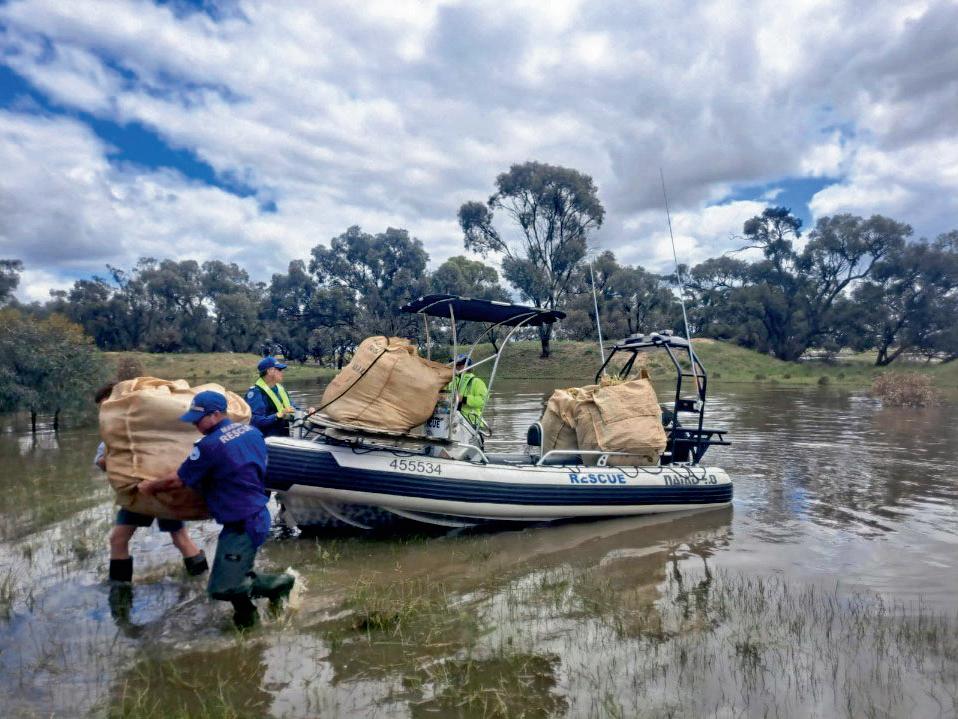



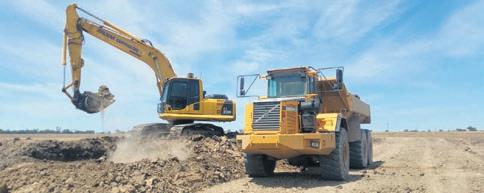















People make their way out to homes through floodwaters on Goulburn Rd, Echuca.

There is a range of support measures available for farmers and primary producers affected by storms and floods in NSW during 2022.
Those in disaster-declared Local Government Areas may be eligible for concessional loans or subsidies.
Some of the support measures available are listed below.
Primary producers affected by storms and floods may be eligible for low-interest loans of up to $130,000 to help repair damaged or destroyed assets.
This low interest rate loan can help a farm business to:
• continue to operate your farm businesses for the next twelve months or until the next income is received;
• replace and repair damage caused to the property and associated improvements not covered by insurance.
Apply now at www.raa.nsw.gov.au/disaster-assistance/disaster-recovery-loans/ primary-producers
This subsidy pays for the cost of transporting:
• fodder or water to an affected property
• stock to sale or slaughter
• stock from agistment.
Apply now at https://www.raa.nsw.gov.au/disaster-assistance/natural-disastertransport-subsidy.
The Disaster Recovery Allowance (DRA) is a short term (max. 13 weeks) payment to help you if the NSW floods in September 2022 directly affected your income.
DRA is available to Australian residents who are 16 years and older, who live or work in an affected area.
Apply now at https://www.servicesaustralia.gov.au/new-south-wales-floods-september2022-disaster-recovery-allowance.
The Rural Recovery Support Service is managed by the NSW Department of Primary Industries and funded by Resilience NSW, to provide assistance to rural landholders and primary producers who have been impacted by the recent floods.

DPI recovery workers are a single point of contact, providing information and referrals to support you on your recovery journey. Recovery officers can help you:
• prepare grant applications
• find the right technical advice
• access workshops and information on key recovery topics
• connect with industry experts
• navigate government systems and regulations to resolve complex issues involving multiple agencies
• link to a wide range of personal, business and financial services
Email flood.recovery@dpi.nsw.gov.au or call 0448 077 684.
~ More information on assistance and support measures can be obtained from www.dpi.nsw.gov.au, www.raa.nsw.gov.au or use the disaster assistance finder tool at disasterassistance.service.nsw.gov.au.
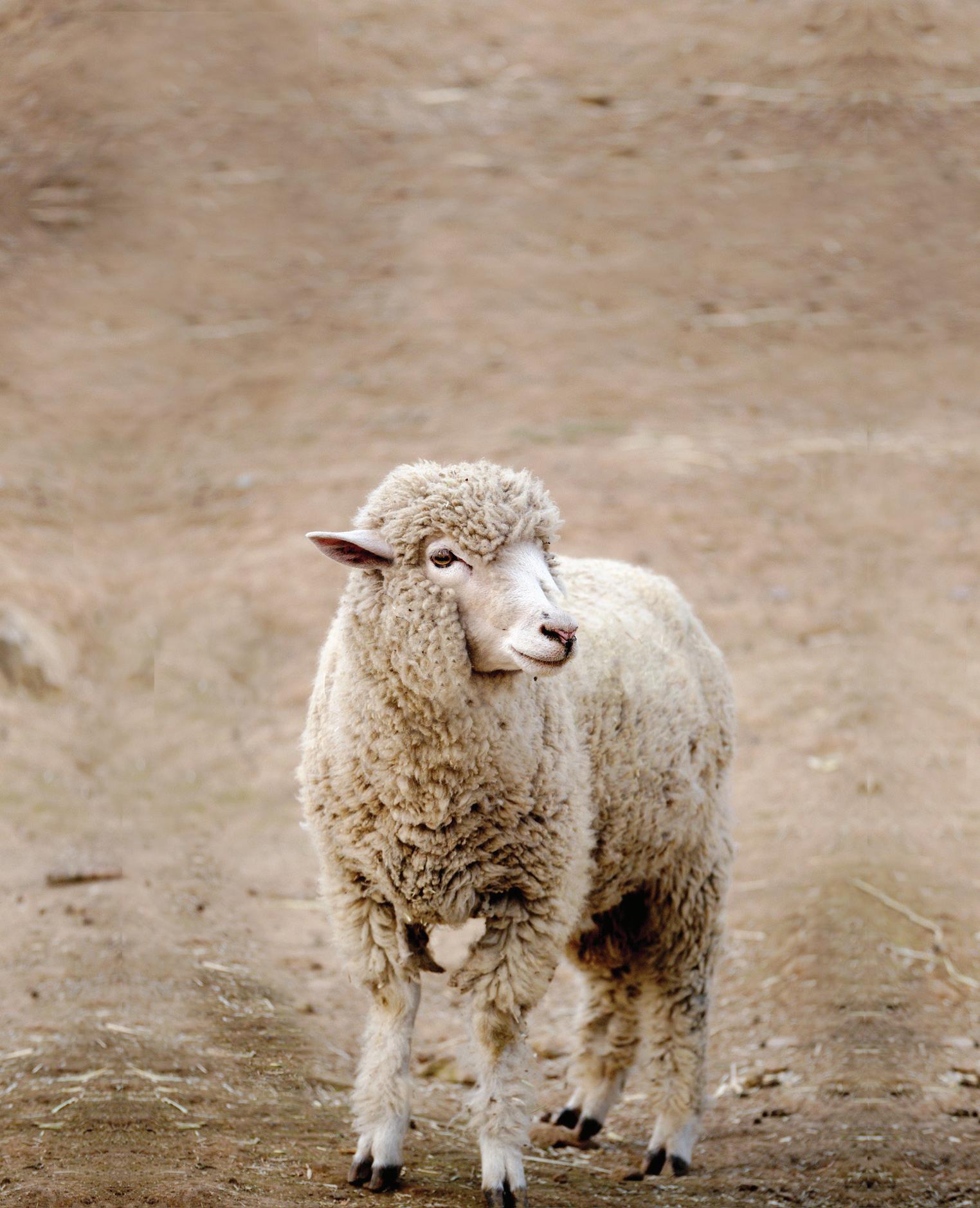











The feedlot owner sighed and shook his head sadly.
“I have one question for you Daisy, where were you on April 20, 2022?”
Her large brown eyes full of innocence and confusion, Daisy remained silent, unable to answer the question.
But it should have been easy to answer.
Daisy had an electronic (RFID) ear tag.
The tag was given to her when she left home for the first time, forever a reminder of her origins and a link back to Allworth on the North Coast of NSW.
Her first journey had been to the saleyard in Gloucester. A whirlwind trip with 82 of her friends to the bright lights of town.
At the sale the mob was divided. Daisy along with 30 of her friends from the farm and another 38 cattle from two other properties moved to their new home in Gilgandra.
That is where the trail went cold.
After arriving at Gilgandra on May 1, 2021 she was not heard from again until she arrived at a saleyard in Dunedoo, from a property at Gulgong.

When had she moved from Gilgandra to Gulgong? A distance only about 86km as the crow flies but so many questions remained unanswered.
Did she go straight there? Was this a simple case of a private sale that had gone unrecorded?
Were there any detours, or unknown adventures?
For 11 months no updates on Daisy’s whereabouts were recorded on the NLIS database.
Perhaps she had holidayed on an agistment property or two, meeting with dozens or perhaps hundreds of new cow friends as she moved around the countryside.
hile Daisy is a work of fiction, all this information is based on a true story
The movements shown are based on a cow selected at random from the National Livestock Identification System (NLIS) database that had lost lifetime traceability.
This ability to track the movement of an individual cow is necessary for the NLIS system to work properly.
This information is vital in the event of a disease or chemical residue trace back.

So how do cattle lose lifetime traceability? When cattle are moved physically between two properties which have different Property Identification Codes (PIC) but that movement is not recorded on the NLIS database.
If you receive cattle, it is your responsibility to ensure the transfer is completed on the NLIS database.
Loss of lifetime traceability can also have a financial impact, as many feedlots will not accept these animals.
We recommend you register for an NLIS account login.
This account will allow you to check what cattle are registered onto your PIC. Helping you ensure that cattle are moved on or off the database when they subsequently move on or off your property.

You can apply for an NLIS database account at nlis.com.au.
If you need more information on NLIS you can contact Integrity Systems or have a chat to your nearest LLS district vet or biosecurity officer.
La-Nina conditions, heavy rain and flooding has resulted in widespread devastation across the electorate.
Losses in particular to our farming families have been significant, not to mention infrastructure damage and loss of homes.
Unfortunately, these conditions look set to linger along with floodwater, for the rest of the year.

Murray River Council has been particularly hard hit and while response by government to date has been slow, flood affected farmers can currently apply for recovery grants of up to $25,000 by visiting raa.nsw.gov.au or call 1800 678 593

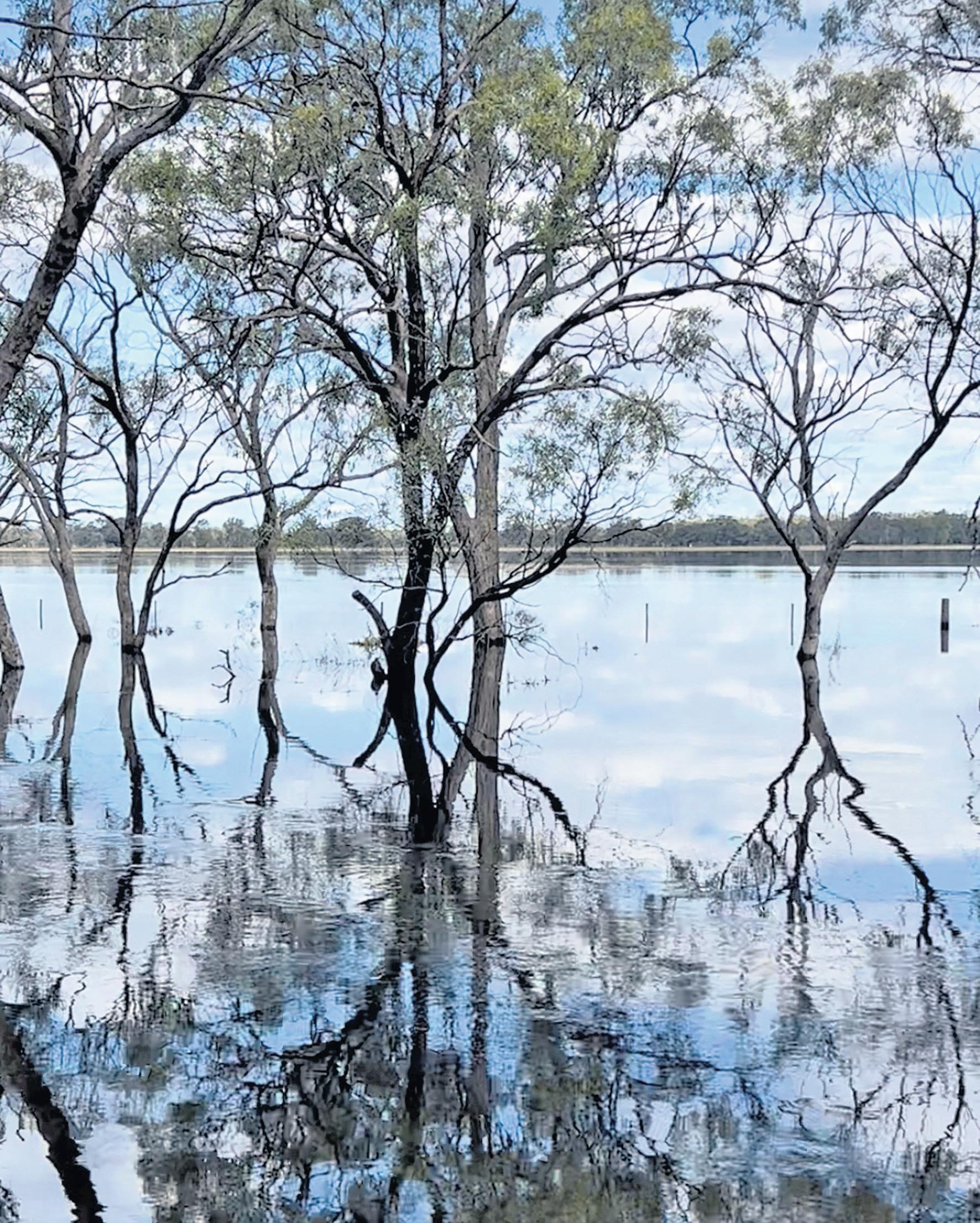
Our office will continue to advocate for a category D exceptional circumstance declaration to help farmers gain increased financial assistance for clean-up and rebuilding.



 JIM HAYNES
JIM HAYNES
Criminality, some say, is part of Australia’s national identity, and in Great Australian Rascals, Rogues and Ratbags, Jim Haynes profiles fifteen larger-than -life Aussie roguesSome of our greatest ne’er-do-wells from colonial times to the modern era.
These stories uncover the truth and expose the myths about characters ranging from the most despicable examples of humanity, to those whose courage has to be admired and who’s so-called ‘crimes’ were unjustly punished.
This fascinating collection features felons who sprung from Australia’s underbelly since 1788.
$32.99
Obstetrician Riley Brand leaves the city behind to go in search of her mother, who’s taken leave from her marriage to pursue a passion for opal mining in the dry backblocks of an old mining town.

Accepting a short-term posting as a fertility expert in Lightning Ridge, Riley plans to assist women to pursue their baby dreams in remote and regional areas, while at the same time helping to rekindle her parent’s love for each other.
The small dusty community is a far cry from her polite medical practice on the north shore of Sydney, but the down to earth locals soon welcome her into the fold with their Friday night social gatherings. But no one is more welcoming than enigmatic doctor Konrad Grey, the GP who’s working alongside her.
$32.99
 SHANNYN PALMER
SHANNYN PALMER
Some stories dominate how we see and interpret a place,while others are obscured from view.
Angus Downs is a pastoral station in central Australia, but pastoralism is only a fraction of what has happened there. Like all places it has accrued people and stories, in multiple layers, over time. Listening to Tjuki Tjukanka Pumpjack and Sandra Armstrong, two Anangu with deep and abiding connections to Angus Downs, a very different kind of place emerges from that conjured in myths and histories of pioneers and pastoralists that have shaped understandings of the past in Australia, particularly in the Northern Territory.
$39.99
These great titles and more available instore. We post direct to you, contact us today to discuss getting your copies posted* *Postage and Handling fees apply.



Charles Sturt University has partnered with the Anthony Costa Foundation, goFARM Australia and Australian Farming Services (AFS) to launch the ‘AGcessibility: diversifying the next gen of Agriculture’ program.
The program will see $1.3 million in scholarships awarded to students from a First Nations or low socioeconomic background with the goal of growing a diverse agricultural workforce.
goFARM’s 12-month internship exposes recent university graduates to all aspects of agriculture, from agronomy and on farm management, to agri-finance, investment, accounting and business management.
The internship program provides capable young people with a platform to build an agri-career of choice.
Scholarships are open to commencing first-year students at Charles Sturt University studying a Bachelor of Horticulture, Bachelor of Agriculture, Bachelor of Agricultural Science, Bachelor of Agricultural Business Management, or Bachelor of Viticulture.
Ten scholarships a year, totalling $1.3 million, are on offer.
they share a commitment to growing the sector, instilled at an early age.
Former intern Joe Barlow, with a Bachelor of Commerce graduate from Deakin University, grew up on a broadacre farm in Jerilderie and has fond memories of his journey within the agricultural industry, both within Australia and offshore on farms in Canada.

“When I was younger, I moved to Melbourne for school. I remember in my early years I would finish the semester early and go home to help with the harvest when needed.
“The demands of agriculture always were important to me.”
Having progressed from an intern with goFARM to an asset manager, Joe has experienced the growth of the business first-hand and is committed to supporting the organisation in its quest to grow the sector.
249 Cressy Street, Deniliquin. Phone 5881 2080. www.deni.com.au
The program includes AGcessibility Kickstart Scholarships worth $15,000 each for students from low socioeconomic backgrounds, and $15,000 AGcessibility First Nations Scholarships for First Nations students.
While goFARM’s crop of interns comes from all walks of life – and from diverse locations and backgrounds –
“The internship program immerses you in the business which means that you have the opportunity to understand it from top to bottom at an early stage in your career.”
Applications for the AGcessibility scholarships are now open on the Charles Sturt website. Applications close at 9am on Friday, November 25.
































